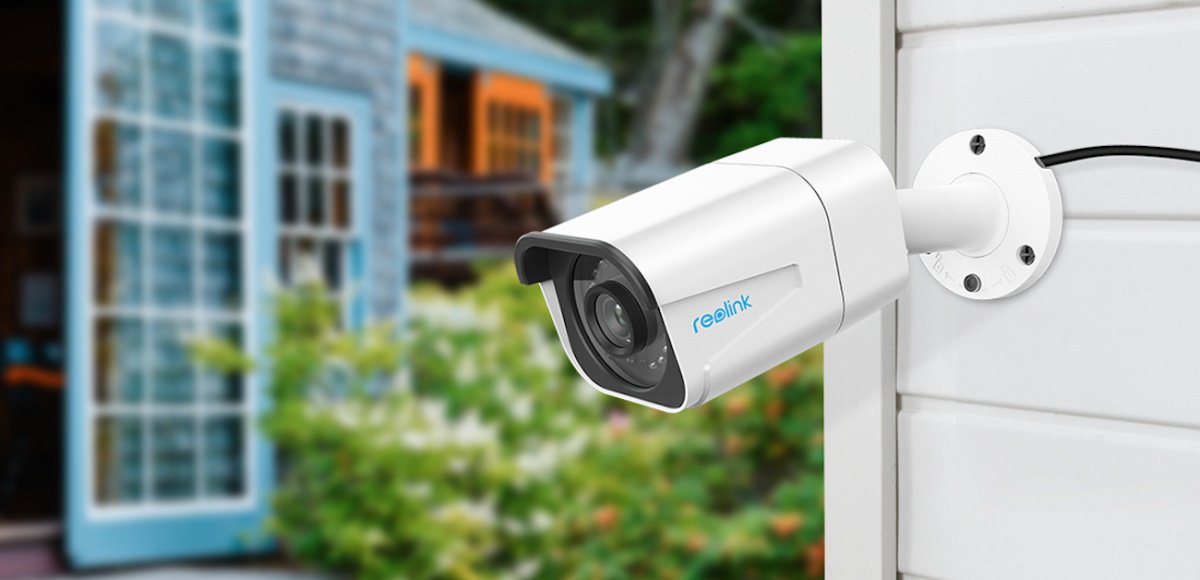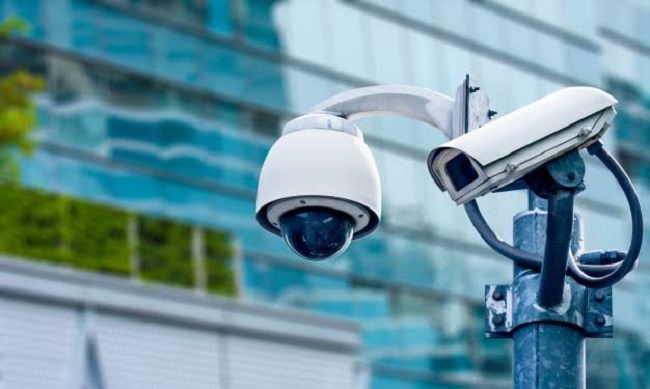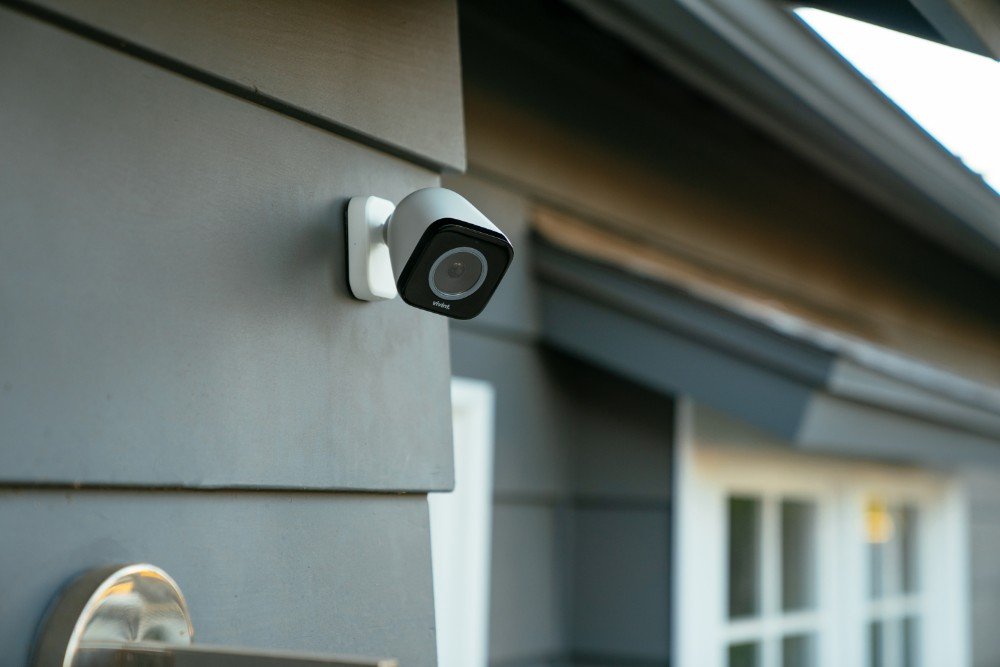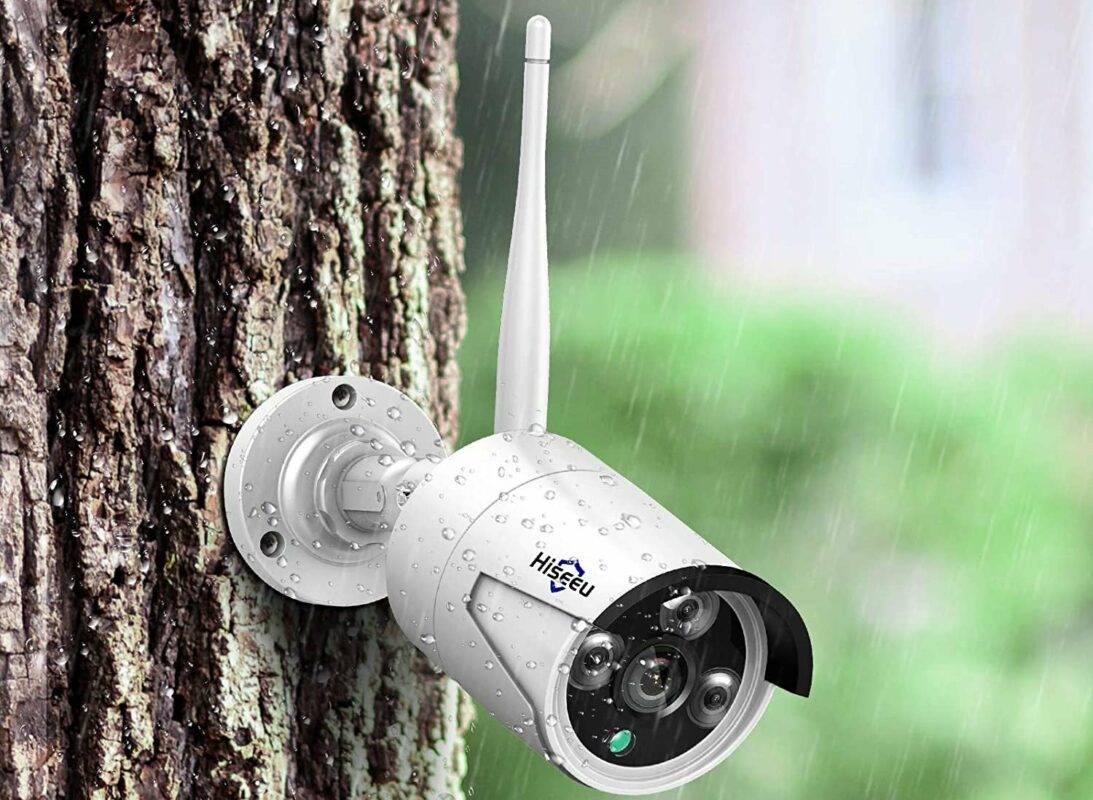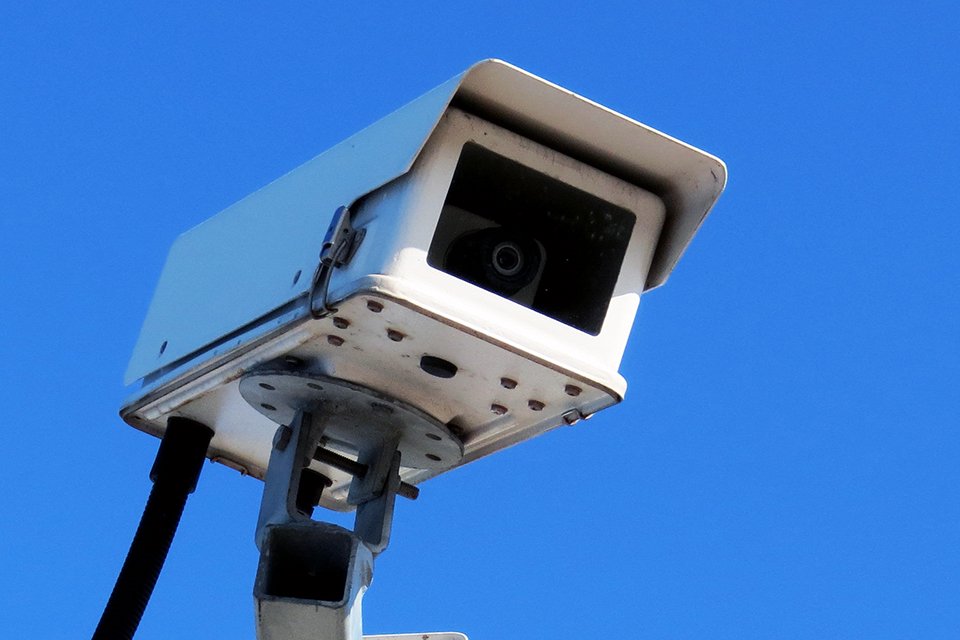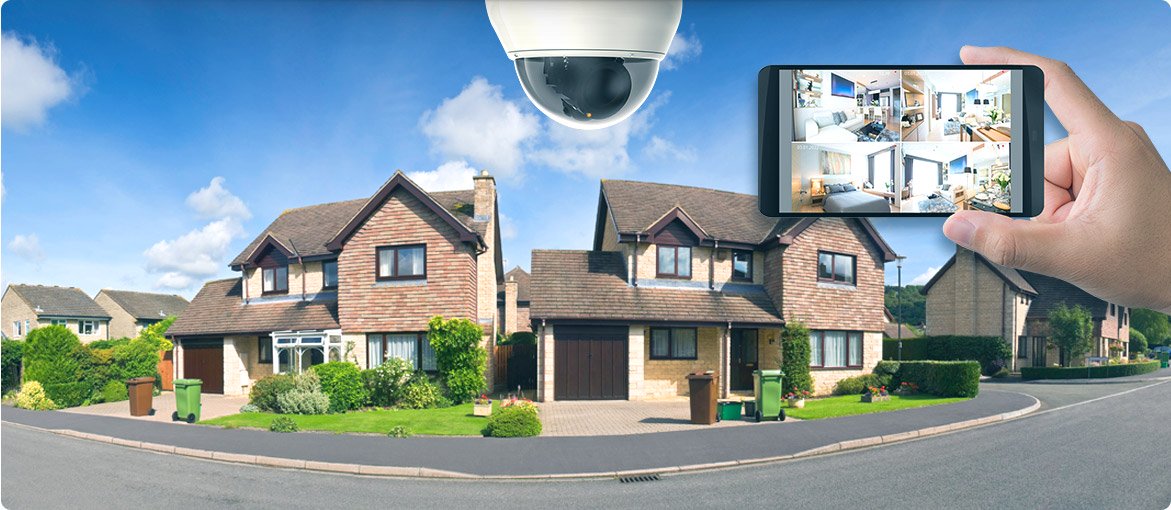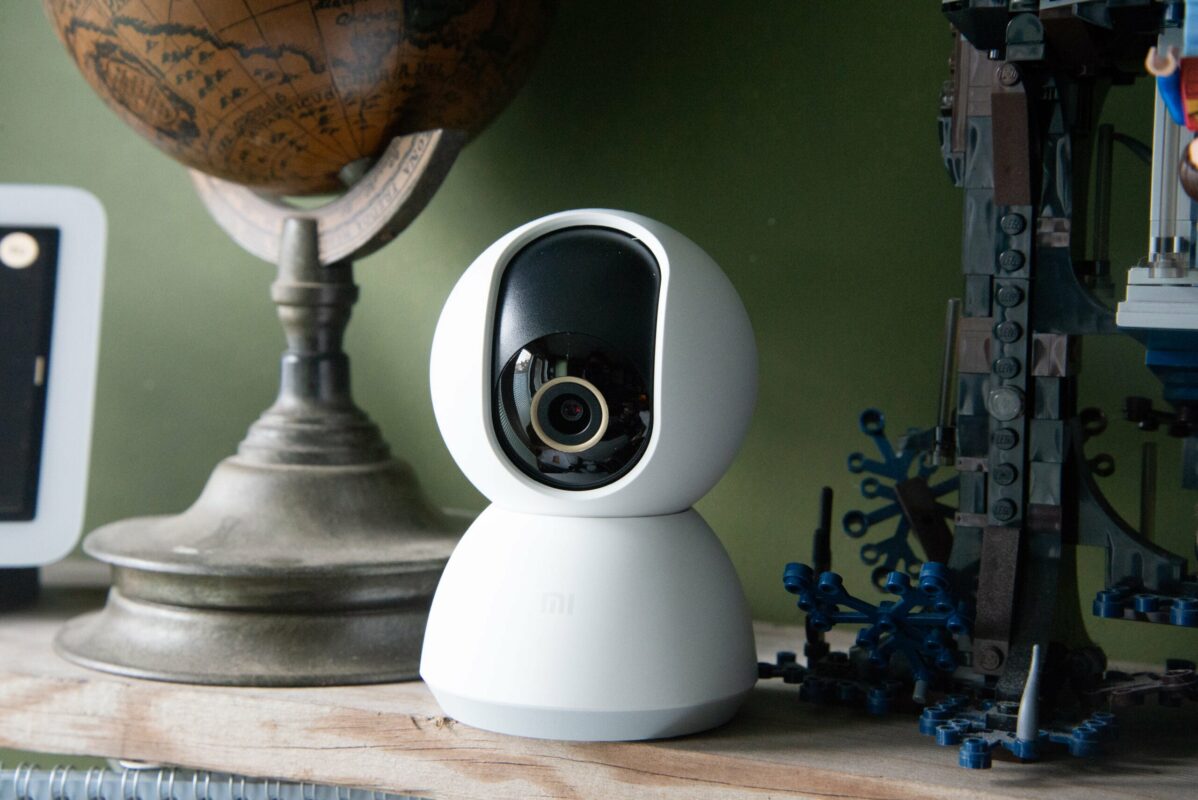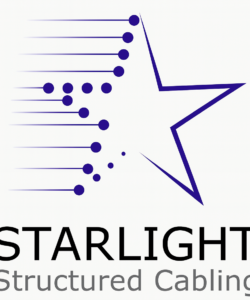The advantages of video surveillance in schools
CCTV
In general, video surveillance is a type of remote surveillance consisting of a set of cameras placed in a private or public place which transmit the images filmed with the aim of monitoring from a distance. These images thus obtained could be subject to automatic processing or be archived or destroyed after viewing. The purpose of surveillance is to be able to ensure safety, control the conditions of compliance with the safety of goods and people or simply monitor the execution of a particular procedure.
Usefulness and benefits of CCTV in school
Currently, opinions are divergent regarding video surveillance in schools. Indeed, this subject leads to multiple debates where everyone tries as best they can to justify themselves. We notice that in our current society, two currents of thought oppose each other. On the one hand, there is a party in favor of video surveillance on the pretext that not only does it make it possible to limit the police presence, it also promotes the reduction of security costs, given that the more surveillance cameras there are, the lower the cost of a viewing agent. On the other side we have those who are against video surveillance because it puts people under pressure and unlike humans, it is not dissuasive enough. In schools, video surveillance, when the cameras are placed inside the school, can ensure the safety of property and students in the sense that it avoids the furniture, the doors of the school being defaced, it intimidates and sometimes avoids the fights. When the cameras are installed in the courtyard, they make it possible to avoid cases of theft of bicycles and/or scooters, it strengthens the surroundings by preventing terrorist acts in particular.
In schools, the video surveillance system should not be the only security measure. It must come in addition to other measures which must still guarantee the safety of the pupils. It is possible that the cameras can film different accesses and circulation spaces in the establishments. Nevertheless, surveillance of classrooms, foyers, the canteen or the reaction yard, except in exceptional cases, is purely and simply prohibited during the opening hours of the establishment. The law recommends that the pupils, the personnel of the establishment as well as the teachers can enjoy the right to respect for private life.
Under no circumstances should surveillance cameras be installed secretly in schools. It is important to have a valid reason before installing a surveillance system. In addition, the school must necessarily communicate on the location of the presence of a surveillance camera and never use the images to reprimand or punish a student or a teacher.
